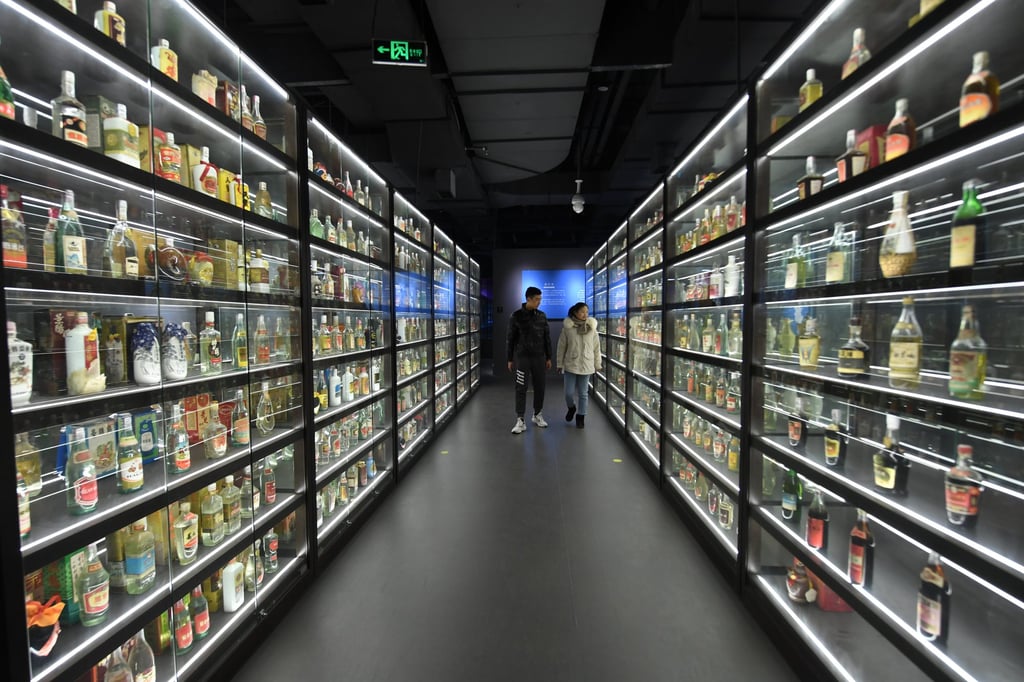Chinese wines are once again in the spotlight after Hong Kong’s former leader Leung Chun-ying called for the products to be made mandatory for all National Day celebrations on October 1.
Leung, now a vice-chairman of the country’s top political advisory body, the Chinese People’s Political Consultative Conference, said the quality of Chinese wine had improved and was also reasonably priced, arguing it was “inexcusable and unjustifiable” to not drink domestic alcohol on National Day.
Some applauded the suggestion, while others remain sceptical about the prospect of Chinese wines in the local and international markets.
The Post speaks to experts and industry players to find out more about Chinese wines and how far they have come.
1. What are Chinese wines?
China started systematic and large-scale wine grape cultivation about four decades ago following investment from French companies.
Since then, the country is home to about a dozen wine regions, including Shandong, Xinjiang and Ningxia, with a total of over 200 wineries.
But it was not until the recent decade that Chinese wines started to be seen on the international stage and received recognition from critics.
Max Wong from the Hong Kong Wine Chamber of Commerce told the Post that Chinese wines remain a relatively new product and had adopted a high-end approach, with the good-quality ones costing at least four digits per bottle.
“The market is still exploring the products, like the quality-price ratio, the flavour, and the occasions for them to be served,” he said. “When the market position is unclear, there is no stable consumer group.”

2. What are their strengths and weaknesses?
Philippe Bera, CEO of Omtis Fine Wines, a Chinese wine distributor in Hong Kong, said the diversity of Chinese wines was one of the strengths.
“You can go from the high altitude in Ningxia to the low altitude in Shandong … it’s so broad that you can showcase different attributes of wine from the same country,” he said.
He added that in terms of quality, many Chinese wines had received very high ratings despite coming from young vineyards that were relatively less mature.
Wong, who is also the general manager of King’s Wine Cellar, a distributor of Chinese wines, said many Chinese vineyards were rich enough to invest in branding.
But the harsh weather in some of the wine regions also resulted in a higher labour cost, making the price of good-quality Chinese wines less affordable to general consumers, he added.
3. Where do Chinese wines stand internationally?
Shuai Zekun, a veteran connoisseur with the online site of American critic James Suckling, said the quality of Chinese wines had improved significantly over the past decade and garnered interest from experts as well, but the export volume was low.
“Only major brands can export their products, but the prices were not competitive,” he said.
“Nevertheless, Chinese wines were rich and full-bodied in general, which is mainstream and should be quite accepted by consumers.”
Chinese offerings accounted for 500 out of 40,000 wines tasted by his company each year, he added.
Bera from Omtis Fine Wines said the Chinese diaspora outside China was very keen to experience the quality and technical expertise of wines from their homeland.
The company has been exporting Chinese wines to Asian countries such as Singapore, Malaysia, Indonesia, and Cambodia since 2021.
4. How popular are these wines in Hong Kong?
Chinese wines were available in some luxury hotels such as Four Seasons but products had not been flying off shelves, said Max Wong from King’s Wine Cellar.
It was not common for regular restaurants and bars to purchase Chinese wines for their patrons either, he added.

“It’s rare for Hongkongers to order a whole bottle of expensive wine at restaurants, instead they order wines in glasses, but Chinese wines are too expensive to be served this way,” he said.
“Nevertheless, the Chinese wines would surely cater to some foreign visitors who were keen to try local wines.”
He added that Chinese wines only accounted for less than 1 per cent of this company’s business, and that it was “impossible” for them to become mainstream in the short term.
Wong estimated the market share of Chinese wines in the city to stand at less than 10 per cent.
5. Will serving it exclusively on National Day help?
Jacky Cheung Yiu-shing, president of the Wine Association of Hong Kong, said serving Chinese alcohol on that special occasion would be a great opportunity to promote the products.
He said it was difficult to promote the lesser-known products in the city amid a downturn in the bar and catering businesses.
Cheung believed a lot more incentives were needed to help bring the products to people’s dining tables, noting a drop in demand for alcohol in general.
Connoisseur Shuai said the city could act as a springboard in promoting Chinese wines, given that opportunities for international showcase were limited to mostly competitions or wine tasting by critics.
“Hong Kong would be a great platform to bring Chinese wines to the international market, as it had long been an international trade centre and dining hub,” he said.
6. What are its prospects?
Shuai expected the trade to grow steadily in the following decades, but he warned against over-commercialisation of Chinese wines.
“Many investors of Chinese wines did not know much about wines and wanted to make quick money out of it, but this is a long-term business which takes at least two decades to see the return.”
Max Wong took a more cautious approach, noting that the wine market has limited space for new products given that the production volume is shrinking globally.
“The key is to maintain the quality, instead of churning something out … it would be great if the authorities could come up with a ranking system,” he said.


